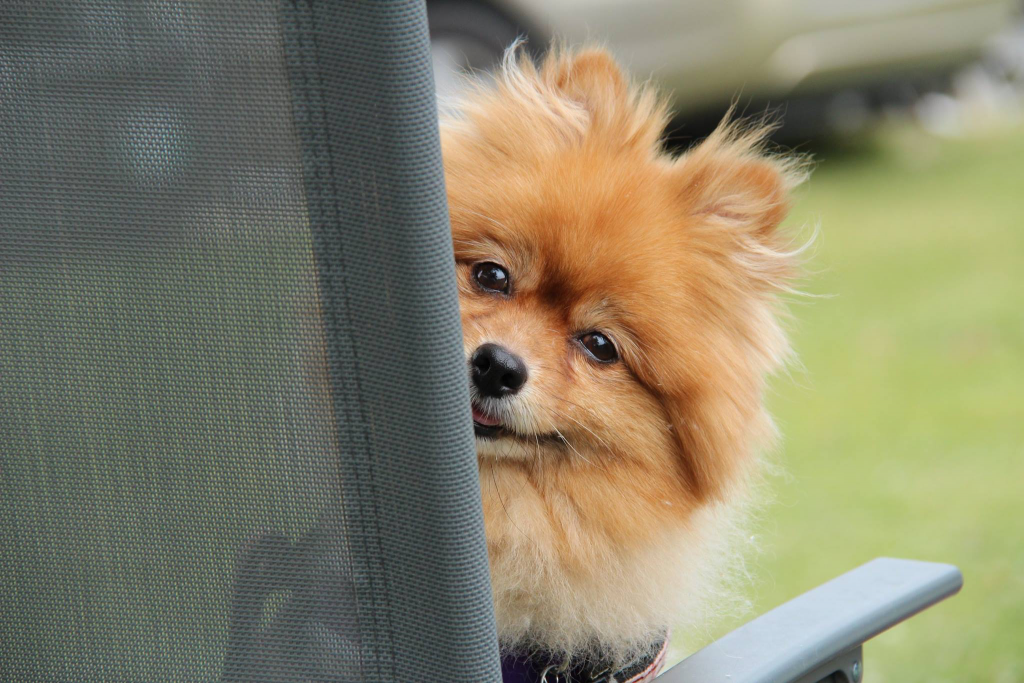Keeping Pets Safe in the Garden
Nobody loves the garden more than our pets. Small dogs come in from their forays adorned with petunia blossoms caught in their long fur. Likewise cats are euphoric upon meeting up with certain members of the mint family. So how do we keep the garden safe for pets?
Pets find the garden alluring is no many ways. For instance, they love the fragrance of the flowers and have been caught inhaling their perfume by more than one canny photographer. There is hidden excitement in the odour left by the scurrying footsteps of a small rodent and also the irresistible chirpings of a bird. Similarly, small insects can produce hours of fascination. What cat can resist chasing butterflies?
Likewise, shadows under tall plants provide byways filled with unexpected wonder. Sometimes a small rabbit scurries nearby meanwhile a busy chipmunk slips silently through. High up on a fence, a brazen squirrel will chatter cheekily at dogs, while scolding away in a shrill and arrogant voice, safe from canine teeth.
So should you be worried about poisonous plants in the garden? While most pets avoid toxic plants, it would be awful to have a beloved pet fall ill from ingesting a toxic leaf or seed pod.
How?
The best protection is to understand what plants can harm your cat or your dog, and to plant accordingly. Other than that, if you have cats and love lilies, you can try caging the lilies or if your dog likes to sample the herbs, then put your chives in a hanging basket. The same goes for tomatoes, although dogs have been known to selectively choose the fruit, which is harmless, and avoid the leaves which are not.
Some plants cause skin irritation, meanwhile, others can induce vomiting or diarrhea, others death. Lilies are especially toxic to cats. Just nibbling on a leaf can lead to full renal failure. Some hydrangea leaves and buds are particularly dangerous to dogs, causing severe vomiting, depression and irritation of the digestive tract.
At particular risk are house-bound pets whose boredom may lead to plant nibbling habits, so please pay particular attention to the indoor toxic plant list.
Your guide to pet-safe plants
|
|
|
|
|






